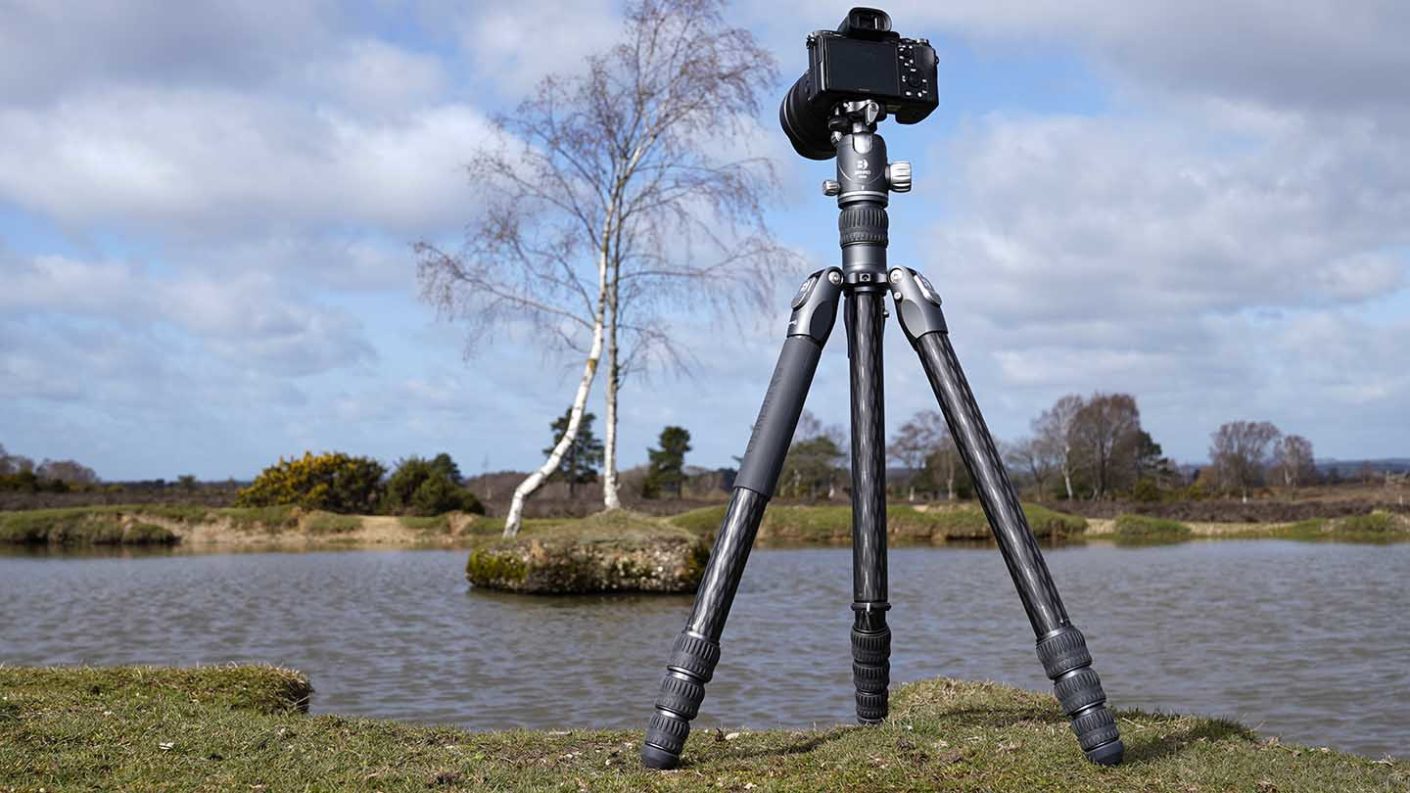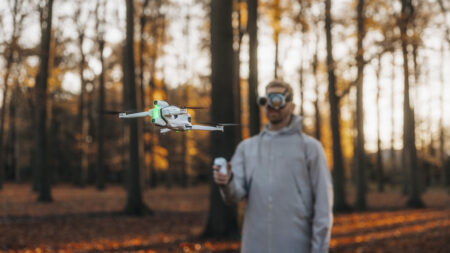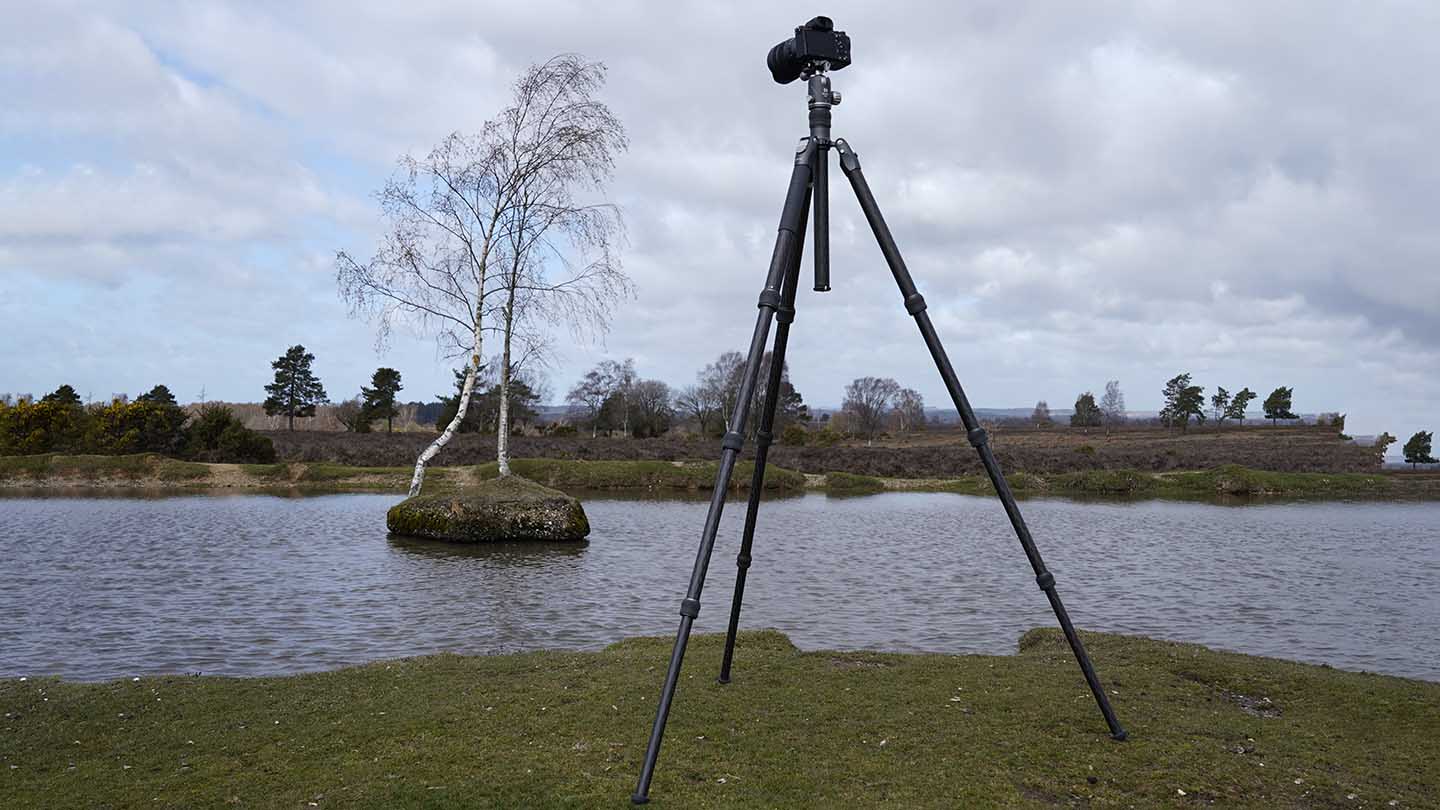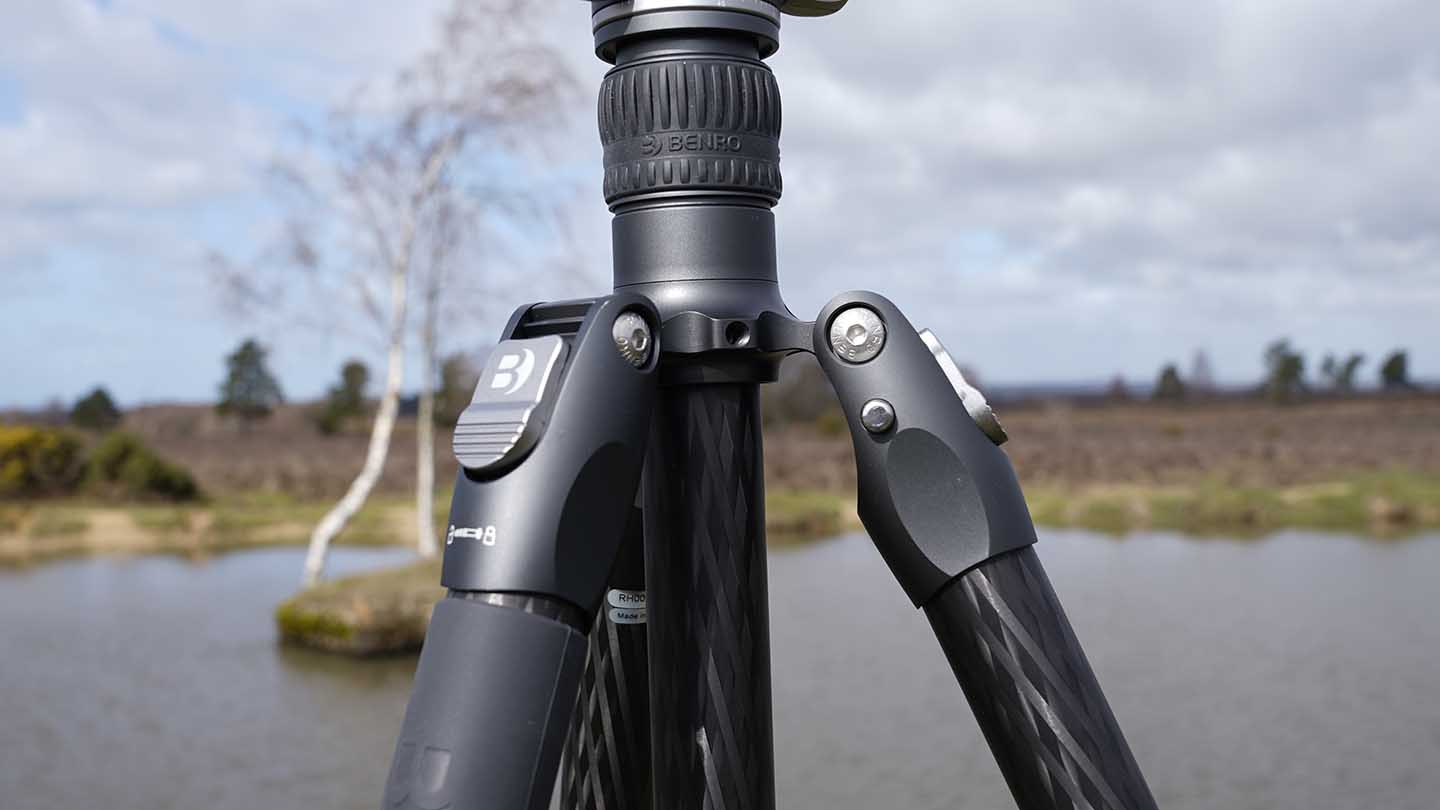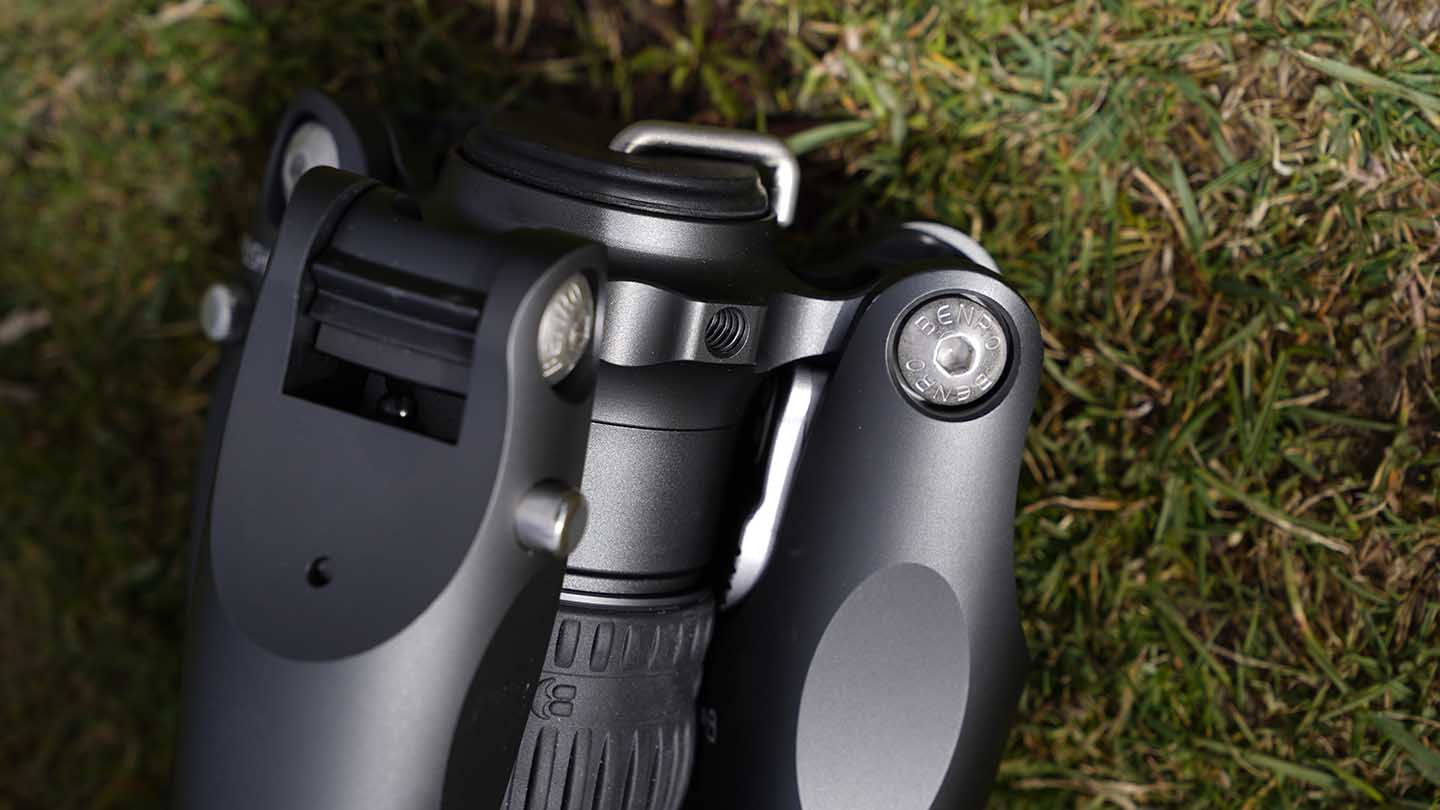If you’re into cars, bikes, watches or anything that uses the latest high tech design and materials, then you’re going to love the Rhino Tripods.
This is one camera support that goes the extra mile – I mean, look at that carbon; even Josh would love this one! It’s not just the carbon or the CNC machined metal aesthetics that makes the Rhino stand out; it’s the whole package right down to the core functionality.
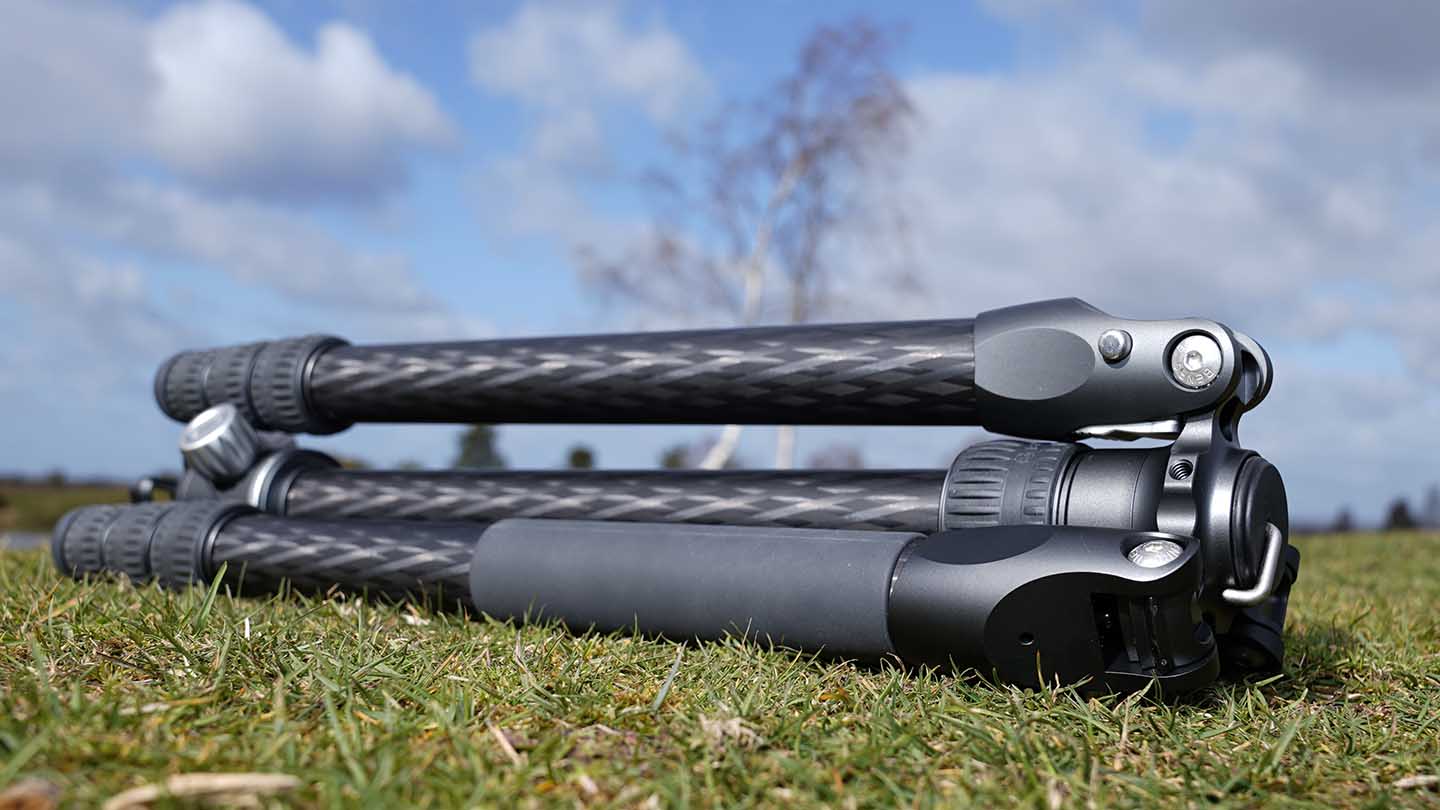
There are four options in the Benro Rhino tripod range; the FRHN34C with VX30 head that I’ll be looking at in this review. Then the FRHN05C + VX20 with a max height of 1.39cm (141 extended) with five leg sections, FRHN14C with VX20 head at 137cm (171 extended) and four leg sections and finally the FRHN24C and VX25 head 139cm (175.5cm extended).
Throughout the range, attention has been paid to the detail behind the design aesthetics, and it’s this focus that elevates this tripod well above its price point.
Again like the Mach3 the Benro Rhino FRHN34C is a workhorse of a tripod but refined. The large diameter carbon legs, CNC metalwork all reinforce the feeling of quality.
At a touch over 2kg the Rhino is relatively light considering it’s max height and payload, making it an ideal choice for both mirrorless and DSLR users.
As the tallest of the Rhino range, the FRHN34C is a good choice for most people. At 5 foot 10 the viewfinder is a few inches off full height, but a quick rise of the centre column and it’s spot on.
Like almost all new tripods the Rhino offers up one leg to become a monopod. A newish feature that is becoming more popular is the dual panoramic head, this sees the base and top plate both able to rotate through 360º, and it’s a surprisingly useful feature to have.
The Rhino, on the surface, looks to be almost perfect, at least at first; let’s take a look at the full review and see if it meets expectations.

